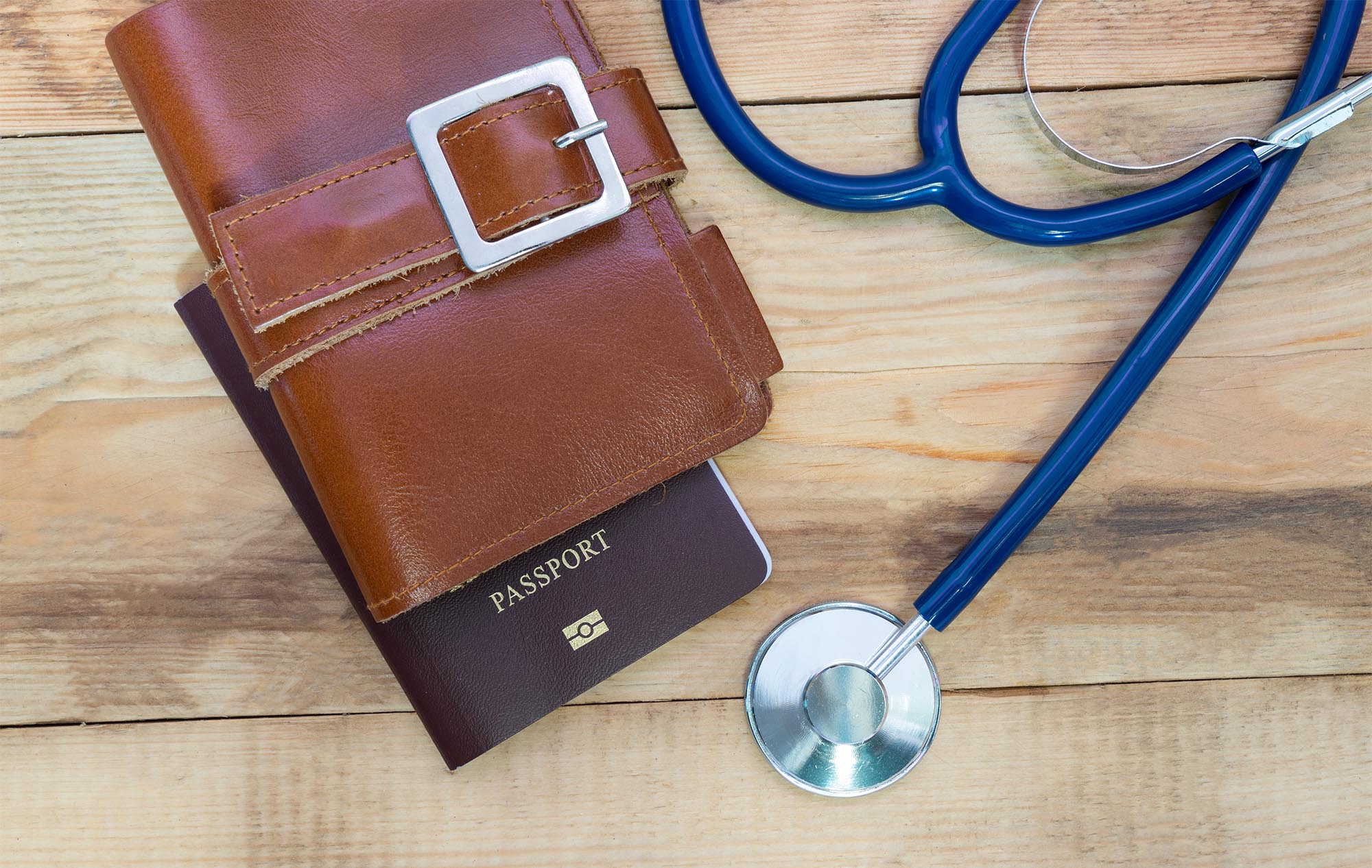About a month ago, a friend living in Los Angeles had to go into hospital for treatment. He was suffering from a nasty though non-life-threatening virus that required five days of in-patient therapy (but not surgery). The bill came to a staggering US$58,000 (HK$455,000), precisely the annual GDP per capita in the United States.
With costs like this, it’s no wonder that medical tourism, the practice of leaving one’s home country for cheaper healthcare, is flourishing. Thailand alone received 2.3 million medical tourists that year, with a further 3.5 million visiting Mexico, Brazil, India and South Africa. The benefits are substantial: medical tourists from the US are estimated to save 30 percent if they travel to Brazil for treatment; more than 50 percent if they travel to Thailand; and an extraordinary 90 percent for certain treatments in India. Here’s a specific example: a full treatment course for Hepatitis C with the drug Sofosbuvir costs US$84,000 in the US and just US$900 in India.
Countries are acknowledging medical tourism as big business and making strategic moves accordingly. In China, as an example, Hainan Island is launching a US$3 billion medical tourism hotspot, offering oncological, cardiac, orthopaedic and hematological services. South Korea is actively marketing itself as a hub for low-cost cosmetic surgery. And Thailand is going a step further in its strategic approach: it has changed its visa policy to allow patients from China, Cambodia, Laos, Myanmar and Vietnam a 90-day stay, with up to four companions; while citizens of a set of developed countries can stay for 10 years. Thailand is also doing medical living: a recent KPMG report talks about the increasing development of and demand for senior- and assisted-living facilities.
The positives of medical tourism speak for themselves: there is vast demand, so all of this is serving a need. And for host countries, the economic benefits are clear, while there are also positive impacts on education and employment.
The negatives are written about much less and I worry that the risks are understated. For the countries that are spearheading this new industry, there are certainly issues: inflation, an over-reliance on expatriate labour and significant reputational risks (if things go wrong).
But far more disconcerting is the impact on the patients. For medical tourists, there is the danger of insufficient global regulation, language barriers leading to critical misunderstandings, travel risks (for example of deep vein thrombosis, to which people in poor health are more prone) and possible low standards of safety and medical care. For citizens in developing countries, there is the issue of health-cost inflation and governments diverting money from core healthcare to the more lucrative tourism market. And, for citizens of developed countries, there is the danger of governments neglecting the problem of high costs if they assume people who need cheap care can just go elsewhere.
Overall, I see the benefits, but this burgeoning industry requires proper international discussion, regulation and monitoring.
What do you think? Send your thoughts to [email protected]
By the Anonymous Global Nomad
In the past month:
Flights taken: 15
Miles travelled: 18,976













